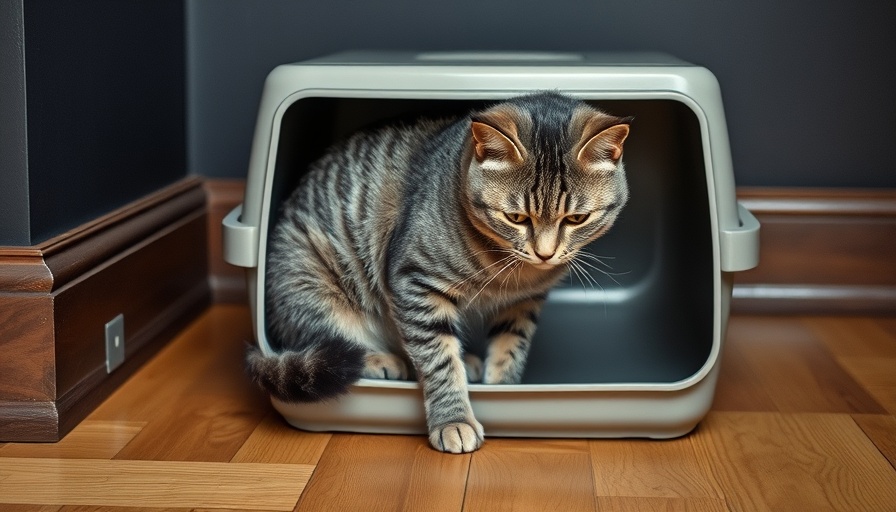
Understanding Cat Allergies: A Basic Overview
Just like humans, cats can experience allergic reactions, often triggered by substances that their immune systems perceive as threats. This immune response leads to the release of inflammatory chemicals, such as histamine, which can cause symptoms like redness, swelling, or itching. These allergic reactions can stem from various allergens, including food components, pollen, dust, and even insect bites.
When To Be Concerned About Allergies in Cats
While cat allergies are not overly common, their potential implications can be serious, warranting immediate vet attention. Symptoms typically manifest within seconds to minutes of exposure to the allergen. In severe cases, they can even include vomiting, respiratory distress, and in extreme situations, collapse or seizures. Understanding the signs of allergic reactions in cats is crucial for ensuring your furry friend receives the care they need.
Seven Key Signs of Allergic Reactions in Cats
So, how can you tell if your cat is having an allergic reaction? Here are the seven most common symptoms:
1. Itchy Skin and Scratching
Known as atopy or atopic dermatitis, this sign involves excessive scratching, which may lead to bald patches and skin infections. It often stems from environmental allergies that affect cats over time, resulting in irritation and discomfort.
2. Sneezing and Eye/Nasal Discharge
Sneezing or excessive discharge from the eyes and nose may indicate allergic rhinitis. This condition can exhibit seasonal patterns, where symptoms intensify during certain times of the year due to environmental allergens.
3. Vomiting and Diarrhea
These gastrointestinal symptoms are often seen with food allergies, primarily when a cat consumes common allergens like beef or chicken. They may also experience nausea, drooling, or other reactions associated with food intake.
4. Hives and Skin Reactions
Hives, or urticaria, can appear as raised bumps on the skin, signaling an allergic response. Cats may develop hives after direct contact with irritants, often requiring immediate veterinary intervention.
5. Swelling of the Face and Ears
Facial swelling can occur due to allergic reactions, often presenting as enlarged areas around the eyes, lips, or ears. This can be a sign of an acute allergic response that requires swift action.
6. Respiratory Distress
Your cat may experience difficulty breathing, a rapid heartbeat, or wheezing during a severe allergic reaction. These symptoms are alarming and can deteriorate quickly, necessitating emergency veterinary care.
7. Changes in Behavior
Sometimes, the most telling sign may simply be a change in your cat's demeanor. If they seem more withdrawn, irritable, or exhibit unusual behavior, it may be a reaction to an allergen even if no other symptoms are visible.
Taking Action: What You Can Do
If you suspect your cat may have an allergic reaction, don't hesitate to consult your veterinarian. They may recommend allergy testing or specific treatments to alleviate your cat's symptoms. Additionally, keeping track of when symptoms occur can help identify potential allergens.
Conclusion: Keep Your Feline Friends Safe
Being aware of the signs of allergic reactions in cats is vital for every pet parent. Understanding their behavior and health can lead to quicker interventions and happier, healthier felines. Don't wait to take action if you notice any signs mentioned; your furry family member's well-being is worth it!
 Add Row
Add Row  Add
Add 




Write A Comment